Important Amendments to the Regulation Concerning Unlicensed Electricity Generation in the Electricity Market
Introduction
The Regulation Concerning Unlicensed Electricity Generation in the Electricity Market (“Regulation”) has been amended by the amending regulation which was published in the Official Gazette numbered 31920 and dated 11.08.2022 (“Amending Regulation”). The Amending Regulation has introduced some significant changes to the Regulation.
This newsletter will provide an outlook on significant changes introduced by the Amending Regulation.
Structure of the Regulation
Since the evaluation of the changes requires at least a basic understanding of the Regulation, this newsletter will start with a brief explanation of those aspects of the Regulation which were most affected by the Amending Regulation.
As a general rule, electricity generation is a regulated market activity that requires a license. This is expressly set out under section 4/1-a of the Electricity Market Act numbered 6446 (“EMA”). The exception to the licensing requirement is articulated under section 14 of EMA which regulates the electricity market activities which may be carried out without obtaining a license. Amongst those exceptions, the following three are the most invoked ones: (1) renewable generation plants with an installed power of not more than 5MW,[1] (2) renewable energy plants which produce electricity that is not supplied to the distribution or transmission grid, and last, but certainly not least, (3) renewable energy plants the installed power of which are not more than the contract power[2] stated in the connection agreement.
These exceptions are also mentioned in the Regulation in sections 5/1-c, 5/1-ç and 5/1-h (respectively) which define the situations under which unlicensed generation plants may be installed. Regardless of which subsection of article 5/1 of the Regulation applies, the overarching rule is that there must be a consumption facility with which the generation plant is associated and such consumption facility must be using electricity. Put simply, the electricity generated by a plant under the Regulation may only be consumed by the consumption facility with which it is associated.
This principle of self-consumption is built upon the so-called offsetting mechanism. Basically, the generation of the plant is offset by the consumption of the consumption facility. If the generation was higher than the consumption, the assigned supplier company[3] was, prior to the Amending Regulation, obliged to purchase the excess amount for a period of ten years. The most significant amendment is about the selling of surplus electricity.
Changes to the Right to Sell Surplus Electricity
The Amending Regulation has introduced a limit to the amount of surplus electricity that will be bought by the assigned supplier company. This is done through a new subsection to section 26 of the Regulation. Pursuant to this subsection, the amount of electricity that may be sold by those persons who applied for an invitation letter after 12.05.2019 may not exceed the annual electricity consumption of the facility with which the generation plant is associated. In case there is any excess electricity generation over this amount, this excess will be supplied to the system free of charge. No system usage fee will be applied for this excess amount.
The Energy Market Regulatory Authority (“EMRA”) has issued a decision detailing the application of this new subsection which was published in the Official Gazette numbered 31920 and dated 11.08.2022 (“EMRA Decision”). According to the EMRA Decision, annual consumption for the previous year will be taken into consideration in determining the amount of generation which will be bought by the assigned supplier company. If the relevant consumption facility did not consume electricity throughout the previous year, the electricity consumption will be calculated based on the average monthly consumption values. That being said, if the consumption facility’s electricity consumption is higher in the current year, the current year’s data will be the basis for calculating the amount of electricity that may be sold.
EMRA has also published an explanation and a guideline for the Amending Regulation on its website.[4] According to the example given by EMRA, if the annual consumption for the previous year is one million kWh, the electricity that may be sold to the assigned supplier company may also not exceed one million kWh. In case the plant generates more electricity, the excess amount will be supplied to the system free of charge.
In its explanations, EMRA emphasized that the purpose of the Regulation was to enable consumers to generate their electricity, but it was being misused by those who have nominal electricity consumption compared to their generation. Therefore, pursuant to EMRA’s explanations, the Amending Regulation was necessary to put an end to such misuse and to ensure that renewable plants, the grid integration of which are problematic by their nature, are installed only by those consumers who are sincerely in need of them.
Ability to Install Unlicensed Plants within a Different Distribution Zone
The previous version of the Regulation used to identify the localization of generation and reduction of electricity losses in the grid among its purposes. It is noteworthy that, with the Amending Regulation, these purposes have been deleted from the Regulation.
In connection with the above, with the addition to article 5/5, it has now become possible to install generation plants in distribution areas other than where the consumption plant is located. Therefore, those who do not have appropriate areas near the property where the electricity will be consumed may now make use of suitable lands located in other distribution regions. It must be noted, however, that if there will be multiple power plants associated with the same consumption facility, all of these generation plants must nevertheless be located within one distribution region.
Changes Relating to Application Procedure
Article 17, which covers the application for a connection agreement, has also been revised. Pursuant to the revision, for the plants listed in Appendix – 1 of the Environmental Impact Assessment Regulation published in the Official Gazette dated 29.07.2022 and numbered 31907, and plants for which an “Environmental Impact Assessment Required” decision has been made, the applicant is now required to apply to the relevant authority to get the required approvals within 30 days after the invitation letter. Otherwise, the connection application will be rejected.
Time for Completion of Plants
Prior to the Amending Regulation, the period for completing the acceptance procedure of a generation plant used to depend on the voltage level of its connection. If it was to be connected at the OG level (Medium Voltage),[5] the period was 2 years whereas if it was to be connected at AG level[6] (Low Voltage) it was 1 year. This is now unified as 2 years irrespective of the voltage level of the connection to the generation plant.
Availability Fees
Previously, only plants with a capacity of less than 5 MW were exempted from the availability fee. The Amending Regulation provides that all plants under the Regulation are now exempt from the payment of availability fee, irrespective of their capacities.
Feeder Allocations
The previous version of the Regulation did not allow feeder allocations except for (1) plants installed pursuant to article 5/1-h at transmission level, (2) plants established under 5/1-ç, which are associated with a consumption facility connected to the grid at transmission level and (3) cogeneration plants meeting the efficiency rates determined by the Ministry. With the Amending Regulation, those 5/1-h plants having at least 10 MW will also have this opportunity, irrespective of whether they are connected to the grid at transmission or distribution level. Therefore, establishing a connection to the grid has become easier for such plants.
Conclusion
As outlined above, several important changes have been made to the Regulation. EMRA’s regulatory response against commercialization of unlicensed electricity plants is noteworthy. It is possible to say that the capacity of the unlicensed plants to be installed after the Amending Regulation will not likely be much higher than their consumption facilities’ electricity use. The Amending Regulation has also introduced some opportunities which may be of value for those who are considering installing an unlicensed plant. In that vein, the ability to install power plants within a different distribution region appears to have been well-received in the clean energy sector.
- In the relevant provision of the EMA, this is stated as 1 MW. It has been increased by secondary legislation.
- In case the consumption facility with which the generation plant is to be associated is an industrial facility, this applies as two times of the contract power.
- This refers to the supplier company nominated by EMRA.
- The explanations may be viewed here: https://www.epdk.gov.tr/Detay/Icerik/2-12744/yeni-lisanssiz-elektrik-uretimi-yonetmeligi-%E2%80%A6 (only available in Turkish).
- Over 1000 V and up to 36 kV (36 kV included).
- 1000 Volts or less.
All rights of this article are reserved. This article may not be used, reproduced, copied, published, distributed, or otherwise disseminated without quotation or Erdem & Erdem Law Firm's written consent. Any content created without citing the resource or Erdem & Erdem Law Firm’s written consent is regularly tracked, and legal action will be taken in case of violation.
Other Contents
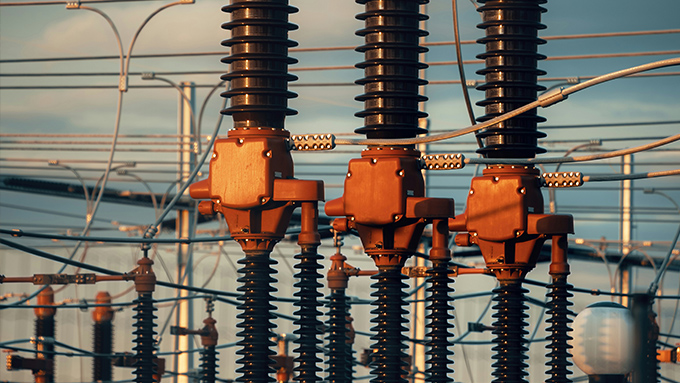
The load increase / reduction instructions issued by the Türkiye Elektrik İletim Anonim Şirketi (“TEİAŞ”) and market participants’ obligations relating to real-time balancing usually become a point of interest following power outages, malfunctions, and/or administrative investigations...
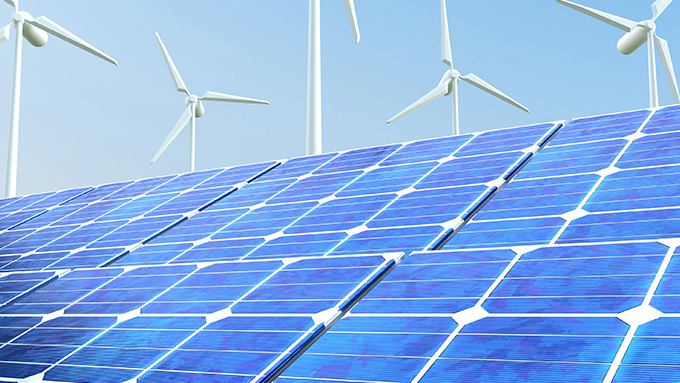
The ongoing transformation of Türkiye’s energy sector demands that legal frameworks evolve just as rapidly. Goals such as increasing the share of renewables, enhancing supply security, accelerating investment timelines, and ensuring operations remain environmentally sustainable have driven significant legislative...

Despite the emphasis on “small-scale generation” regarding unlicensed (license-exempt) electricity generation plants in the Regulation on Unlicensed Generation in the Electricity Market (“Unlicensed Regulation”) , especially in the last three years, quite a few unlicensed electricity generation plants have...
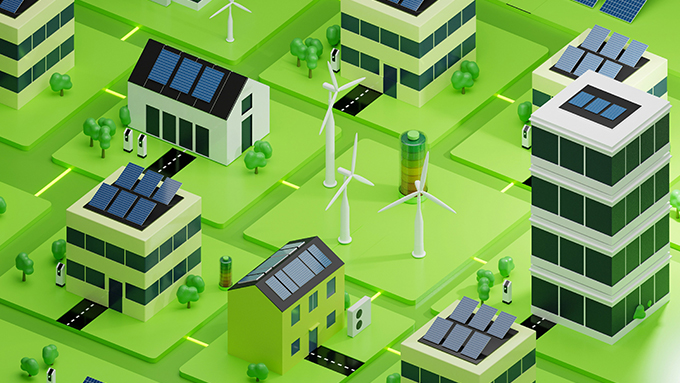
A comprehensive inclusion of renewable resources in the energy mix makes the system less predictable and flexible. To offset this, additional flexibility is expected from the demand side. This flexibility may be attained is through by implementing demand-side awareness and market participation of the...
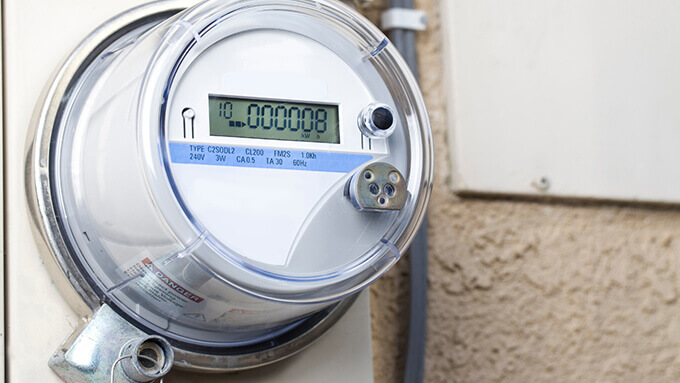
In the physical electricity trade, the metering of electricity plays a very important role in several respects such as (i) the metering of actual deliveries and receipts of electricity, (ii) estimation of the electricity generation and consumption in advance, (iii) determining the price payable by the parties for electricity supply...
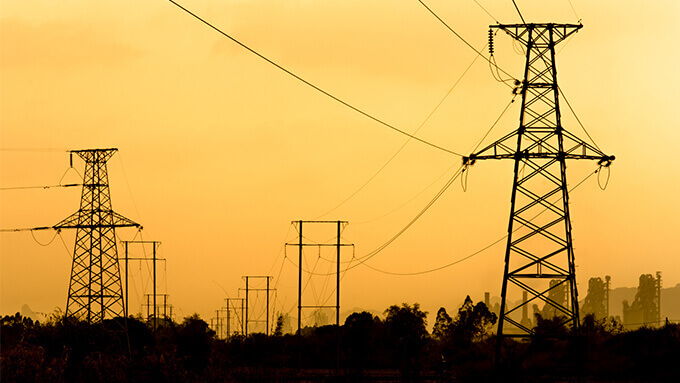
Turkish electricity market has been going through turbulent times particularly in 2022. Steep increases in commodity prices that are used in electricity generation have urged the policy makers to take measures for minimizing further price increases in the electricity market as well as for maintaining security of supply...
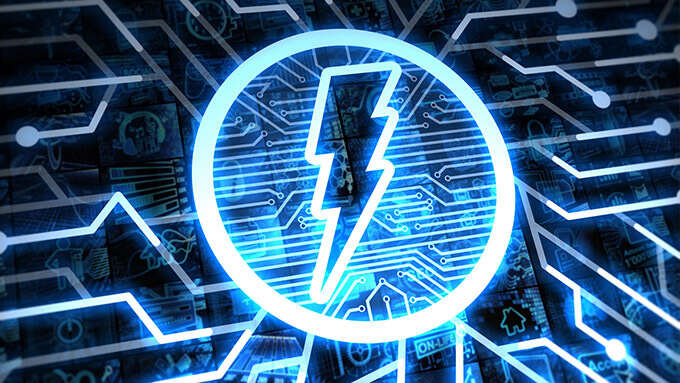
The first regulations on electricity storage activities were included in Electricity Market Law No. 6446 dated 14/3/2013 ("EML" or "Law"). Subsequently, the Regulation on Storage Activities in the Electricity Market ("Storage Activities Regulation"), which implements the law, entered into force through its publication...

Electricity Market Law numbered 6446 (“EML” or “Law”) entered into force through publication in the Official Gazette dated March 30, 2013 and numbered 28603. Share transfers of companies that operate in the energy market became one of the newly regulated issues with the publication of the Electricity...

The Electricity Market Regulatory Authority (“EMRA”) amended the Regulation on the Unlicensed Electricity Generation in the Electricity Market. Within this context, EMRA prepared three different exposure drafts amending such Regulation on 15.05.2015, 26.10.2015 and 26.11.2015. Finally, EMRA has finalized...

The Regulation on Green Certificate for Buildings and Developments ("Regulation"), which was prepared for the purpose of reducing the negative impacts of buildings and developments on the environment by using natural resources and energy efficiently, entered into force through publication in...
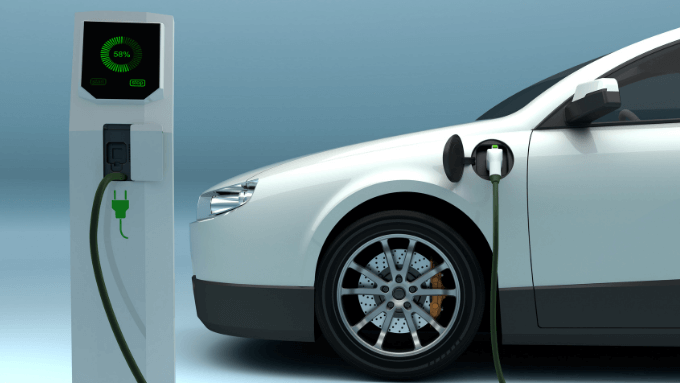
In response to the rapid increase of use of electric vehicles, legislative and regulatory initiatives have been taken to create a legal framework for electric vehicle charging services. On 21.12.2021, Electricity Market Act numbered 6446 (“EMA”) was amended to introduce charging services...








